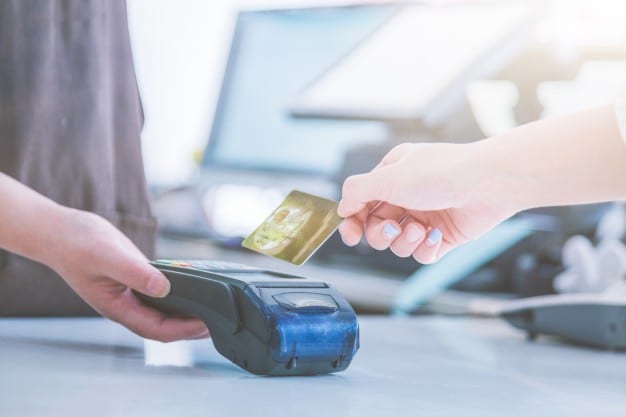What is a POS System? How does it Work?
We all at some point came across different POS machines and undoubtedly have a different definition of what the POS machine is?
Some people have definite confusion about this. Is a POS machine a simple cash collecting machine?
Or is it a computer at the billing and checkout counter?
Or is it a scanner that scans the barcode on the product? Or is it the combination? What is the actual POS?
POS, or simply Point Of Sales also known as the point of purchase is the time and place where a retail transaction is completed.
It is used to collect face-to-face payments from customers. Very vaguely, POS comprises a checkout counter depending upon the system used by the store.
Traditional POS is not a standalone application, it is a system. Every customer that makes a purchase a service or solution at the store completes the transaction at the POS point, so the POS system can be considered as an endpoint of the purchase process.
So, let’s take a look at what the POS system is, what are basic parts of POS are, how the POS system has evolved and how the transaction happens.
What is the POS system?
A POS or a point of sale system is the place where your customer makes a payment for products or services at your store. Acting as a central component, the POS system is where everything like customer management, inventory management, sales, etc merges together.
Key components of a POS system
Every POS system comprises software and hardware components. It’s important to understand what POS software and hardware components are and what each has to offer.
Software
The software component of the modern POS system is divided into 2 categories, frontend, and backend. The processing of transactions is done via a front-end interface which is a monitor or touch screen or tablet screen.
The backend, however, can be accessed separately through the browser or a specially provided application window by the POS manufacturer. The back office or backend takes care of analytics and management functions.
Regardless of your type of POS software, those two will be connected and synced.
There are 2 ways with which data can be stored.
- On-site
- Cloud-based
Though on-site POS software has been the norm for computerized POS systems, it is now more common to use cloud-based POS systems.
Many the merchants are preferring cloud-based POS as the cost is comparatively less and it comes with many advanced features, options, and integrations with other software.
Each business sector has its own set of requirements. For example, restaurants often need a self-service menu interface, retail shops need additional tabs for various functions. POS manufacturers make these applications such that they can accommodate those requirements.
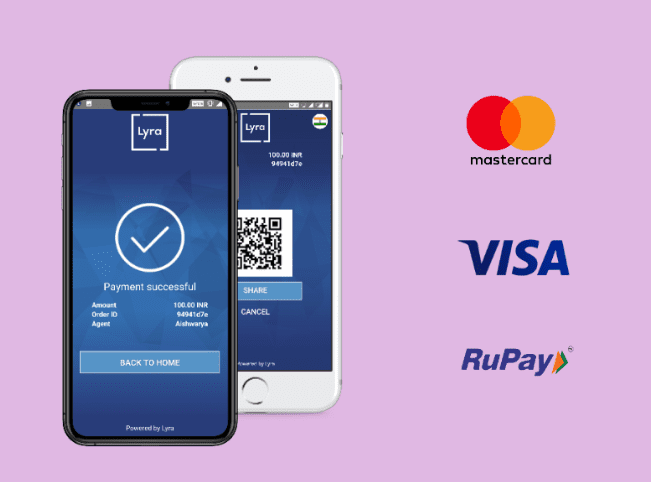
Best Retail EPOS (Electronic point of sale) systems in 2021
Best Retail EPOS (Electronic point of sale) systems in 2021 Having a retail business means, you consider keeping your business up to date so as to...
Hardware
Similar to the front end of the software, businesses have different needs when it comes to point-of-sale hardware. For example, retail stores may need a scanner whereas a restaurant or cafe may not. Let’s look at some of the most important and common hardware components.
- Interface: It can be a simple cash register, a monitor or tablet screen or a touchscreen, or a mobile with a POS application, where transaction details can be registered.
- Cash drawer: Used to store the cash float along with cheques, coupons, receipts, and slips.
- Receipt printer: It prints receipts for customers or end-of-day reports.
- Barcode scanner: It is linked with the POS system’s inventory list to automatically update product counts according to items sold.
- Card machine: It processes payments made by debit, credit cards, and mobile wallets via NFC. These machines require specific software, SIM card, or landline cable. App-based card readers use WiFi or data from a connected mobile device.
- Network devices: A network setup is required for an internet connection and linking up the systems over the premise. It is either a modem or a hub.
Working of POS
A general POS system takes the following steps
- A scanner scans the item and looks up the inventory for its selling price.
- It updates the inventory to show the item as sold.
- Calculates the final price (taxes, discounts, etc.).
- Interacts with the customer relations management system.
- Transacts with a merchant services account for credit cards/checks.
- Prints a sales receipt.
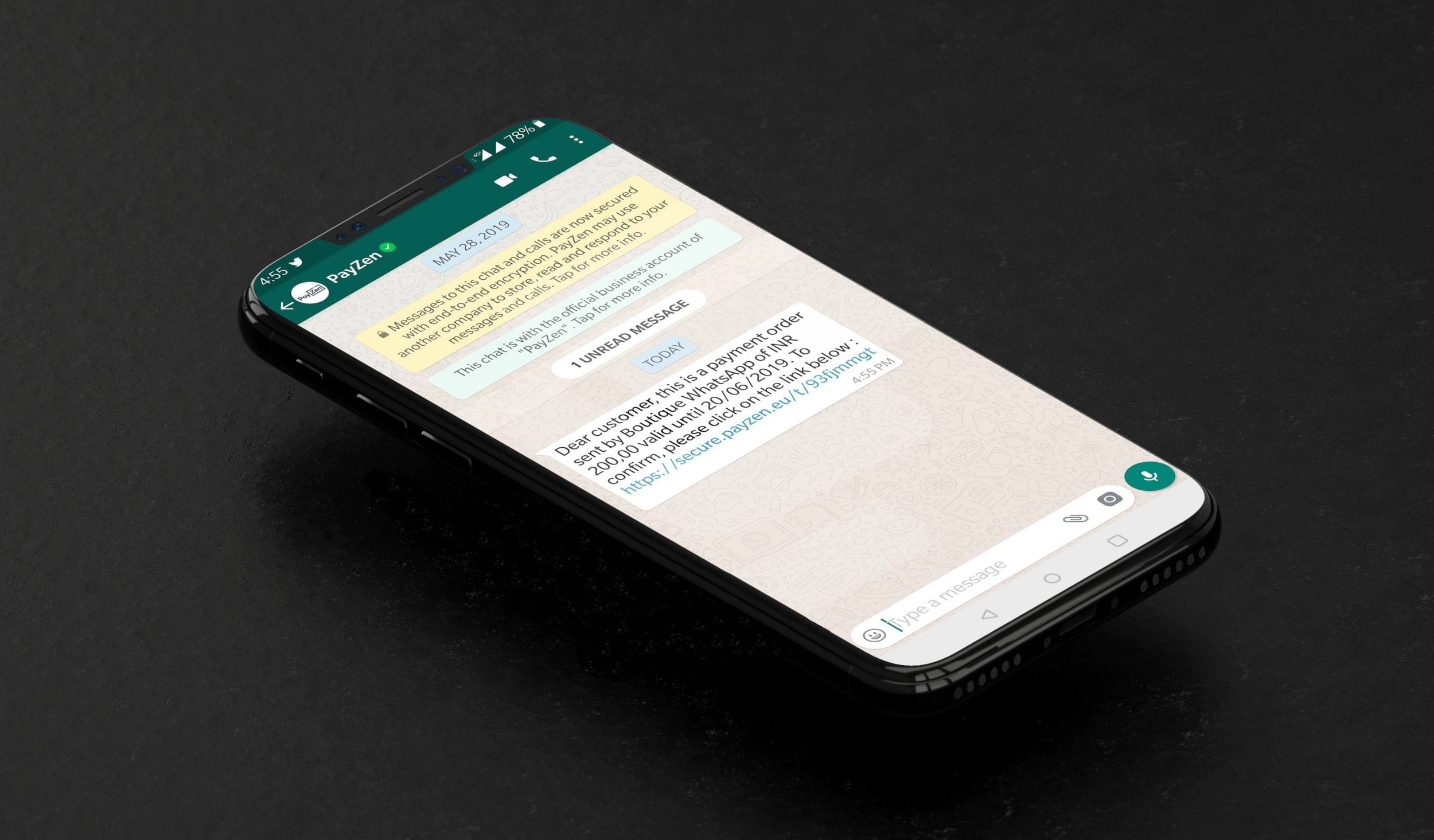
What is Whatsapp Payments & its top 9 features
For the first time in India Lyra has introduced an extremely convenient and on-the-spot online payment collection solution – Lyra WhatsApp Payment...
Key Features of a POS System: What to Look for When Buying
Many tasks in the store can be overly tedious and resource exhaustive. With the right POS system, retailers have the ability to simplify their daily business operations with proficiency and efficiency.
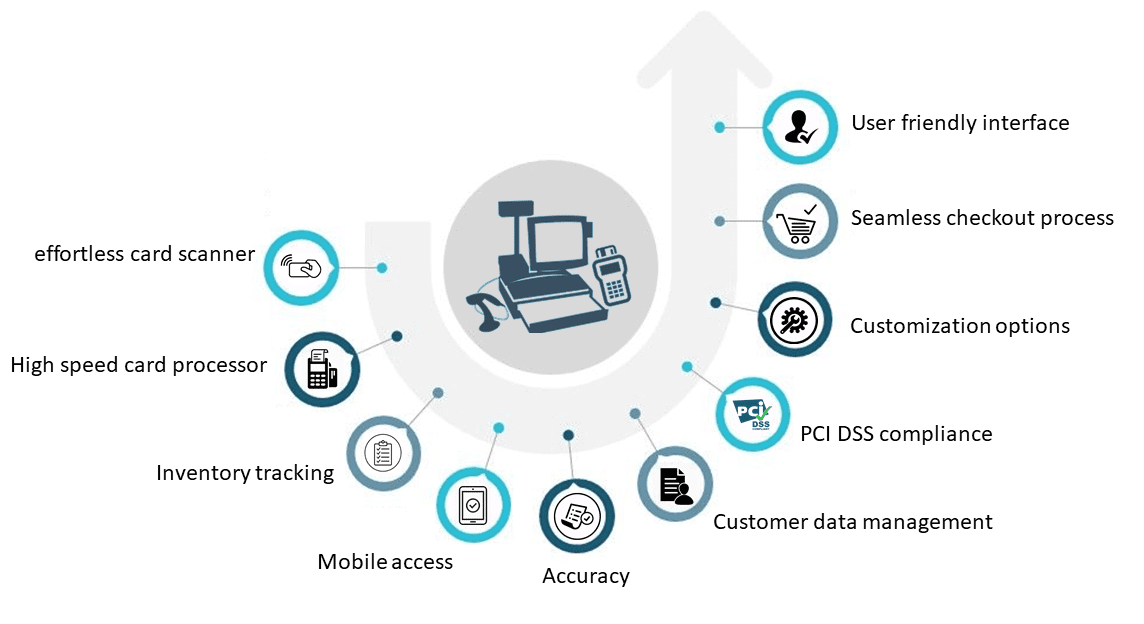
Evolution of POS
The POS system has now evolved from its basic form which is a simple cash register. It is now a full-fledged retail management software with functions like inventory, transactions, sales, customer relationships, book-keeping, etc. that helps merchants to automate and manage all these functions from one single platform.
As the technology evolved, POS became more sophisticated and more digitized. The system became computerized and cloud-based. Still many merchants prefer simple POS systems, it can not be denied that many others are getting comfortable using new and evolved POS systems.
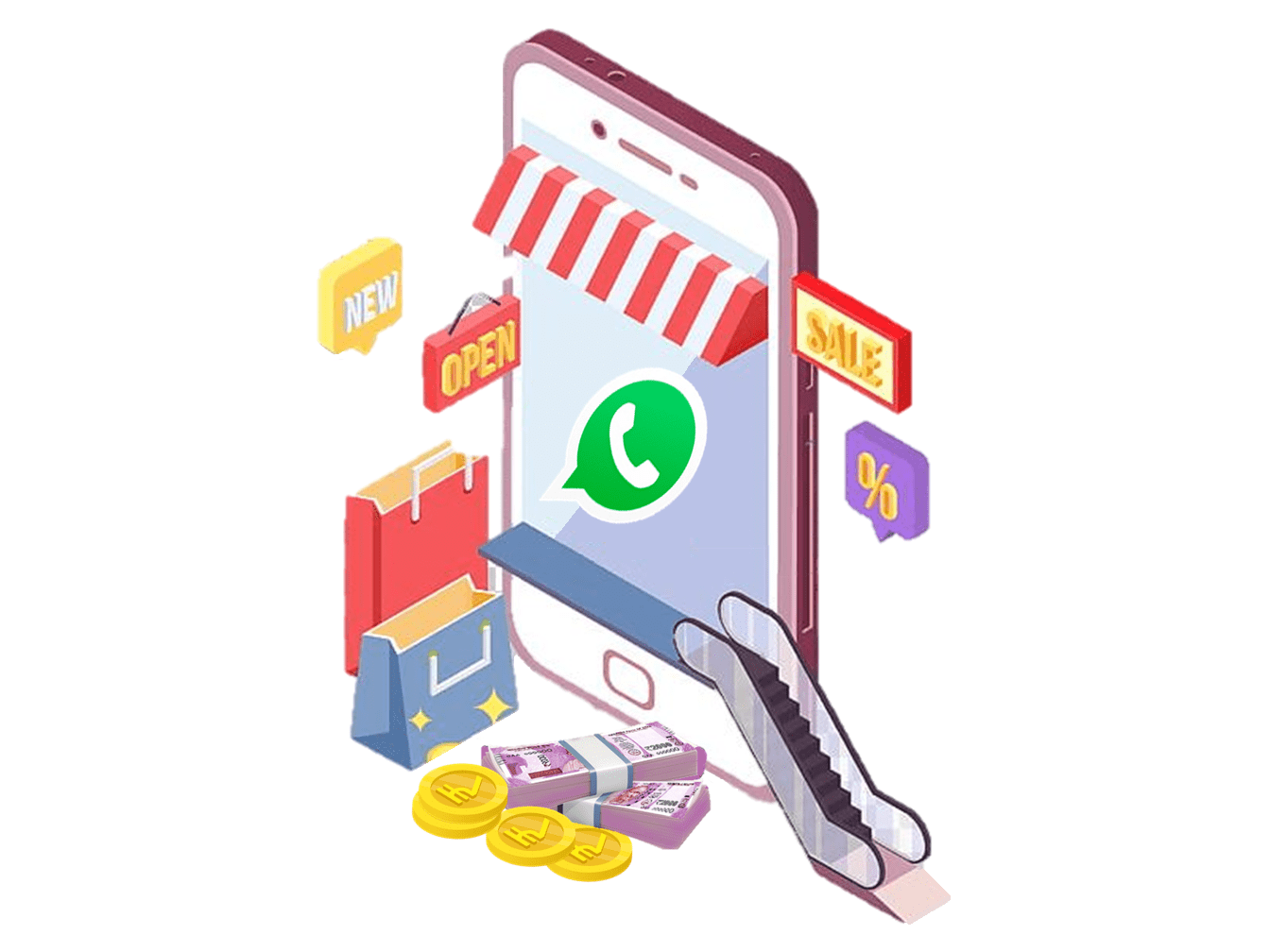
How to collect payments in your Retail Business
Retail Business Payment Collection Thanks to the digital India initiative and demonetization, digital payments are witnessing thriving growth....
Traditional POS vs. Web-based POS
Traditional POS or Point Of Sale is mostly a self-contained system. The software sometimes is included in the package, sometimes made by specific requests. It generally has license fees and needs to be installed on the system and updated regularly.
The main disadvantage of a traditional POS is, that it won’t integrate with other software that easily.
This is where a web-based POS comes into the picture. With the advancement in technology, comes an evolution in the POS. Web-Based POS is connected to the internet and has all the features of a traditional POS system.
But there is a catch, using web-based POS comes with an exception, which is you don’t necessarily require POS hardware to operate web-based POS and you can sync inventory and accounts between online and offline stores.
Web-based POS comes in a compact form that can be carried anywhere. This opened up an opportunity to integrate POS with the mobile, making web-based POS machines evolve into Mobile POS or EPOS.

What are Payment links?
Making payments is all about convenience, security, and speed. India’s payment system evolved from the barter system to cash to cards to digital...
Ending comment
It is necessary to have an efficient and correctly chosen POS system to run all the operations and crucial tasks smoothly. With flexibility as a key, merchants need to make sure that the POS integrates well with the payment gateway or payment processor of their choice.
